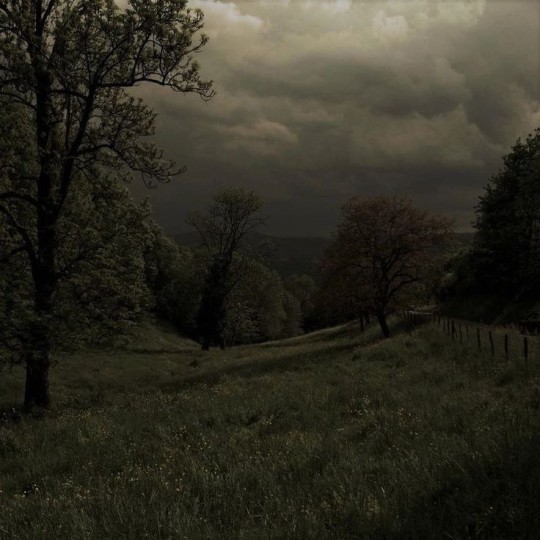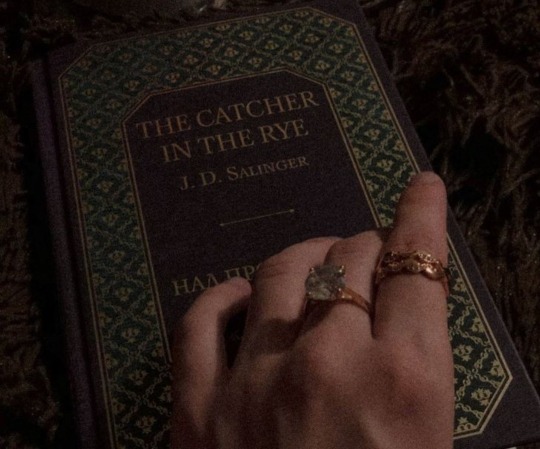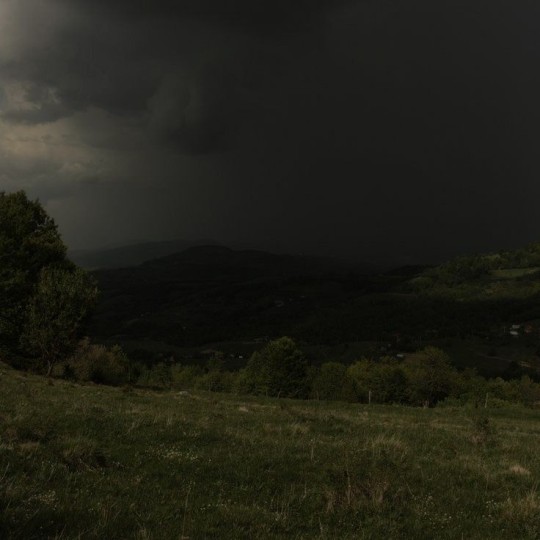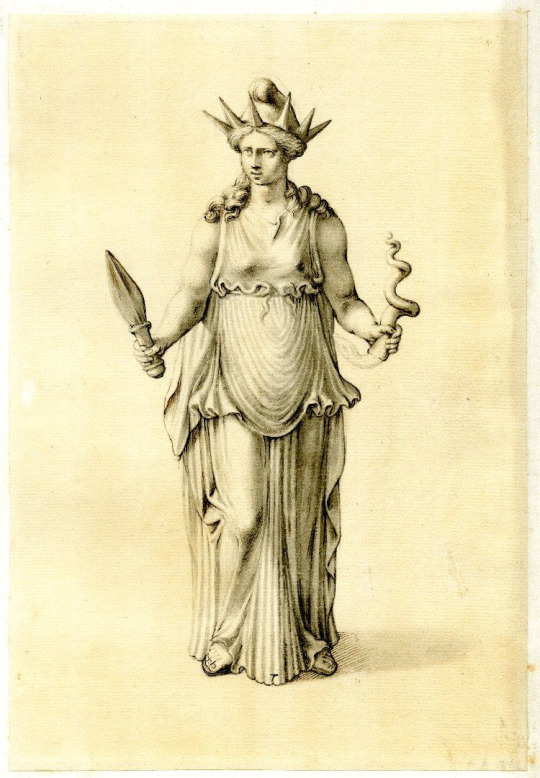#totonac
Explore tagged Tumblr posts
Text

Danza de los Voladores flyer headdress, Mexico, by Valeria Luongo
#mexican#mexico#totonac#america#north america#folk clothing#traditional clothing#traditional fashion#cultural clothing
243 notes
·
View notes
Text

Totonac background practice
#digital art#my art#artists on tumblr#digital artist#art#trans artist#illustration#mythology and folklore#mesoamerica#mexico#totonac#voladores#sketch
62 notes
·
View notes
Text

Today marks 3 years since Onyx Equinox aired. Even though I was late to the party, I'm glad I found this show. Among most of the media set in pre-Columbian Mesoamerica, Onyx Equinox is the one of the few with the most historical accuracies. It's a show that inspired me to continue my personal project. Thank you, Sofia.
#onyx equinox#onyx equinox season 2#k'in and yun#aztec#crunchyroll#onyx equinox fan art#izel#Xanastaku#zyanya#meque#yaotl#nelli#indigenous#indigenous art#native american#zapotec#totonac#nahuatl#nahua#mexica#tezcatlipoca#quetzalcoatl#mictecacihuatl#lady micte
108 notes
·
View notes
Text

Figure of a Seated Leader
Totonac
300–600 CE
This naturalistic figure ranks among the finest works of the Remojadas sculptural tradition. The artist modeled the face of a youthful chieftain as an idealized type, yet there is also a sense of individual portraiture. Sitting cross-legged, with arms extended to the knees, the young ruler’s body conveys tension. He is elegantly dressed with an elaborate turban, belt, and skirt. The jewelry adorning his wrists and neck represents flowers, while the embroidery of the belt likely signals his rank and status.
source
10 notes
·
View notes
Text
youtube
Another of my favourite scenes
9 notes
·
View notes
Text

Artisans: ThunderVoice Hat Co.
Instagram: Thunder Voice Hat Co.
Shop: TVHC | Thunder Voice Hat Co.
1 note
·
View note
Text
Ancient Dwarf Dwellings or Extravagant Tombs?
SAVE YOUR SPOT By Derek Olson Did you know that along the lush coast of Veracruz Mexico is a mysterious site known as Quiahuiztlán that hides 78 strange structures left behind from a forgotten civilization known as the Totonacs? Appearing as miniature temples, these structures stand approximately 5 feet tall, and the entrance that leads inside each one is only about 1 foot high! The…

View On WordPress
0 notes
Text








Did you know Tláloc? He's one of the most important and formidable gods in the Aztec pantheon! He was considered the god of rain, water, lightning and agriculture. His name derives from the Nahuatl words tlali meaning 'earth' and oc meaning 'something on the surface'. However, the origins of the god are probably much earlier as he shares many similarities with the Olmec God IV and the Mayan God B or Chac. In the various Mesoamerican cultures Tláloc appears as Dzahui for the Mixtec and Tajίn for the Totonac. Oh, I'm rambling, sorry.
#spencer reid#criminal minds#spencer reid criminal minds#spencer reid fluff#spencer reid x reader#spencer reid x you#criminal minds moodboard#spencer reid moodboard#mgg pics#spencer reid aesthetic#spencer reid fanfiction#spencer reid fanfic#spencer reid fic#spencer reid gif#spencer reid headcanon#spencer reid icon#spencer reid imagine#spencer reid gifs#spencer reid x self insert#spencer reid x y/n#spencer reid x oc#criminal minds fluff#criminal minds imagine#criminal minds fanfic#criminal minds x reader#mgg moodboard#crimina minds moodboard#mgg x reader#mgg fluff#spencer reid smut
107 notes
·
View notes
Text

David Alfaro Siqueiros
Mexican, 1896–1974
"Etnografía (Ethnography)", 1939
Enamel on board
122.2 x 82.2 cm. (48⅛ x 32⅜ in.)
MoMA The Museum of Modern Art
In Etnografía (Ethnography), a figure bursts forward from a stormy background, clothed in a white tunic characteristic of the Totonac people of Papantla, Veracruz. The mask that covers the figures face is modeled after an ancient Olmec carved wooden mask found in a cave in Iguala, Guerrero. Painted when Siqueiros was caught up in a public feud with fellow artist Diego Rivera, Etnografía was intended to criticize the tendency of some Mexican artists and intellectuals to idealize Mexico's precolonial past while neglecting the struggles of living Indigenous populations
– Gallery label
19 notes
·
View notes
Text
21 notes
·
View notes
Text
Josefina says Happy Hispanic Heritage Month!


Since Josefina was gifted to me by my partner, who is Indigenous Mexican (Totonac/Nahua), I made her a traditional Totonac outfit to wear for the event. The huipil (blouse) embroidery was my favorite part!
On a more serious note, Indigenous women in Mexico experience levels of violence almost three times higher than non-Indigenous women living in the same areas, including physical and sexual abuse and a lack of access to the legal system to seek justice. In your acknowledgement of Hispanic Heritage Month, please remember the struggles of Indigenous Latin Americans, and Indigenous women in particular who face inequality due to their sex as well as their ethnicity.
135 notes
·
View notes
Text

Vanilla: A journey from the ancient Totonacs to your kitchen! Dive into its rich history and versatility in sweet and savory dishes.
Learn how to make the most of vanilla in your cooking adventures.
Vanilla ice cream has been one of the top three favorite ice cream flavors in Europe and U.S.A. for decades.
9 notes
·
View notes
Text

Figure of a Woman in Ceremonial Dress
Totonac
700–900
In the afterlife, it was the role of deceased noble ancestors to communicate with the deified forces of nature on behalf of their people. Presented as offerings at ancestral shrines, mold-made figures of this kind were sometimes reshaped while the clay was still moist to give them more individualized facial features.
source
5 notes
·
View notes
Text
Every true civilization keeps the soul alive, sustains the desire to stay awake. Explain how high Mexican civilization says awake. […] Distinguish between the currents: Maya, Toltec, Otomis, Anaxtec, Nahuatl, Totonac.
— Antonin Artaud, The Death of Satan and Other Mystical Writings, transl by Alastair Hamilton & Victor Corti, (1974)
#French#Antonin Artaud#The Death of Satan and Other Mystical Writings#Alastair Hamilton#Victor Corti#(1974)
7 notes
·
View notes
Text


Florita presume su maravilloso vestido totonaco, inspirado en la rica cultura de este antiguo pueblo que habitó Veracruz. Los totonacos fueron uno de los primeros grupos indígenas en contactar con los españoles en 1519, formando una alianza con ellos para liberarse del dominio azteca. Sin embargo, debido a las nuevas leyes impuestas y las enfermedades traídas por los colonizadores, su civilización se debilitó y se fragmentó en varios grupos. Florita lleva una blusa y falda de lana decorada con motivos de árboles de la vida en tonos rojos, complementada con una faja. Hoy en día, el atuendo tradicional ha evolucionado hacia una enagua corta, blusa, medio delantal y pañoleta de seda artificial. Como abrigo típico, las mujeres usan el rebozo, elaborado en algodón para el verano y lana para el invierno.
Florita shows off her wonderful Totonac dress, inspired by the rich culture of this ancient people who inhabited Veracruz. The Totonacs were one of the first indigenous groups to make contact with the Spanish in 1519, forming an alliance with them to free themselves from Aztec rule. However, due to the new laws imposed and the diseases brought by the colonizers, their civilization weakened and fragmented into several groups. Florita wears a wool blouse and skirt decorated with tree of life motifs in red tones, complemented by a sash. Today, the traditional attire has evolved into a short petticoat, blouse, half apron and artificial silk scarf. As a typical coat, women wear the rebozo, made of cotton for summer and wool for winter.
#イラスト#動物イラスト#ほっこりイラスト#illustration#Bunny#Rabbit#うさぎ#兎#イラストレーター#ゆるいイラスト#kawaiiart#mirror_buns#cuteart#kawaii#かわいいイラスト#おえかき#いらすとぐらむ#trajetipico#mexico#mexicandress#メキシコ#cute#drawing#veracruz
6 notes
·
View notes
Text
Hekate's Money Spell
Check out the original post here!
instagram
Over on my instagram, I shared a spell I did last night to help stabilize, and maintain my money. I am going to discuss it in further detail here.
As stated before, this spell was given to me by Hekate, and I am only now preforming it. As I worked it last night, I entered into a tranced state, and communicated with Hekate.
She first told me about how to continue to work the bowl, feeding it regularly with herbs, coins, water, pomegranate juice, and a few other materials. She also told me that I could incorporate other spirits into it, though this would be a bit more tricky and difficult, though quite beneficial if done right.
Later on into the trance though, I began to sense the form of a snake coiling around the bowl. I followed it for a bit, before questioning The Queen about it. She described it as "The Money Serpent" (who also goes by many ancient names), a benevolent money spirit I could learn to work with, later on.
As I waited for the candles to burn down, I decided to do a little research into this spirit, and discovered something quite shocking: The Money Serpent is a Mexican (Totonac) spirit from mythology and folklore. And not only that; The Money Serpent may be an aspect of Quetzalcoatl, The Feathered Serpent, Our Precious Serpent Lord.

This is a spirit I have much reverence for, and was quite shocked to see show up in a seemingly unrelated place. Hekate had also mentioned to me that I could create a sigil for this spirit and share it with others. I think that I am going to begin to work with this spirit and share his knowledge with all of you!
There was one last bit of gnosis that came from this experience.
As the candles burned close to the bank dirt, the wax began to set alight, and melt away fully into the dirt, blackening it. The mystery of Dark/Black Earth is a reoccurring theme in meditations and prayers. I'm still not quite sure what it is exactly, but it is truly amazing to see it enter into reality through spellwork. I eventually blew out the fires, as I feared them getting too big, and they went out with one breath. Smoke billowed for a while, until I was finally able to lay the blessed dollar in the earth.
This was truly a wonderful experience, and I hope it was interesting for you all to read as well! Please, feel free to reach out and ask questions about this spell! I'd love to discuss it further with you all!

#magick#occult#witchcraft#esoteric#magic#spell#money spells#occultism#witch#pagan#hekate#hekate spell#hekate devotee#ritual#spirituality#mexican witch#quetzalcoatl#gnosis#mysticism#Instagram
50 notes
·
View notes